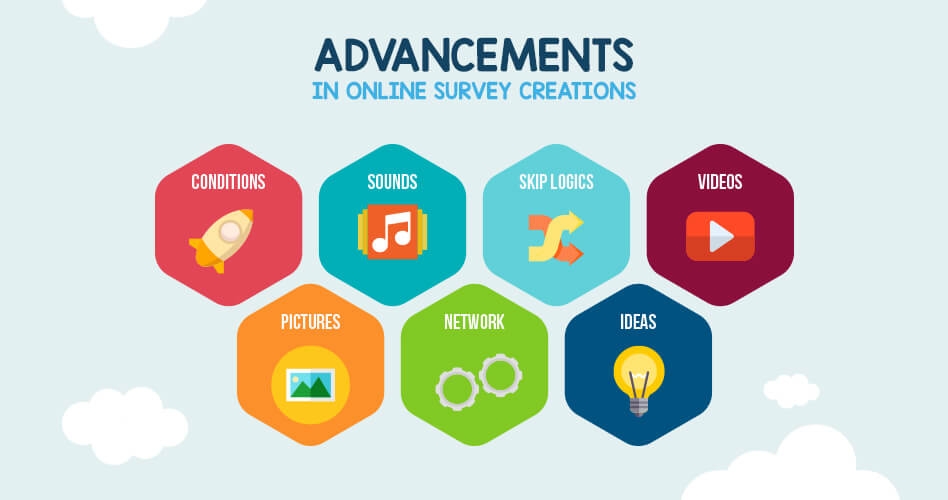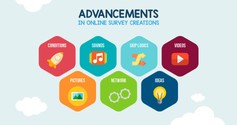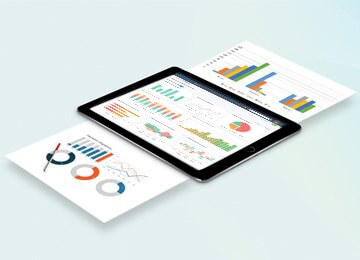Anyone who has experience in conducting market research, particularly in the form of surveys, knows how difficult it is to make the experience interesting and engaging for other people. Surveys are a form of collecting information about a certain demographic, in order to improve upon an existing product or service, or to generate feedback about something new being produced. This is a hard sell, because participants typically don’t see the results of their feedback, at least not straight away, or the topic may not be interesting to them. It’s also challenging if the survey itself is dull, either due to bad formatting, repetitive questions or being too long
Advancements in online survey creations have resulted in improvements that aim to make the experience more engaging for participants. This includes, conditions, skip logics, sounds, videos, pictures and other uses of multimedia. While the multimedia aspects of online surveys are yet to be fully realized, the potential for its use in a wide range of areas is certainly a possibility.
The reason these new ideas are starting to develop is because many online surveys currently don’t take advantage of the possibilities that are out there. The most basic HTML survey typically doesn’t function any radically different from the traditional pen & paper approach, with the biggest benefit being in the form of convenience; from the building stage, modifying, distributing and having algorithms calculate the results for you. These are extremely important features to have when creating a survey, but there are other additional tools worth looking into.
Conditional logic
In the context of surveys, conditional logic allows creators to input questions (or a particular selection of possible answers) based on a participants previous responses. This may be used in the form of a follow-up question, where the survey may ask you further information regarding why a certain response was chosen. Or, they could be used to ask certain questions depending on your age or personal interests.
Conditional logic can also be input to allow users to skip certain questions, based on the responses they’re previously given. This is commonly known as skip logic and it allows surveys to be much more condensed and streamlined. A survey that’s courteous to its users will implement skip logics so that participants won’t see questions that aren’t relevant to them. This way, they can then focus on the questions that reflect their qualities and characteristics.
This type of strategy can help maintain a participant’s interest, by removing unnecessary elements that would typically cause them to dropout. It also reduces the overall length of the survey, thus making it more accessible to the average user.
Many online survey providers offer a range of conditions to experiment with. The only downside to them is that they require a dedicated amount of testing, in order to ensure that they work correctly.
Images
Images can add a great deal of variety to your survey and also be implemented in interesting ways. For example, if you’re testing out the response of a new design or logo, you can upload several images presenting different variations, then have your respondents choose their preferred one. You could also implement images in the form of a long or short answer question, in order to get a more detailed response regarding the chosen topic. This process is extremely easy and lets users upload images directly from their computer, straight to the survey itself.
Videos and sound
Naturally, if you plan on having images in your survey, consider the possibility of having video and sounds as well. Many online providers are beginning to give users the option to upload videos and sounds to their survey, which can be used in a variety of ways.
For example, if you’re looking to get feedback on a TV or radio jingle, you could upload different variations and have participants listen to each one and let them choose the best one.
Online survey providers also let you link videos directly from YouTube and other streaming services, along with giving you the option to link straight from a page’s URL. If you have certain media on your computer, they can also be uploaded in conjunction with the other content.
Metadata
Metadata is information that allows a host or ‘end user’ (in the case of an online survey, the person who created and manages the survey) to view certain data related to their customers. This type of data could include:
- The type of device that was used for the survey
- The general location of the survey participant
- How the survey reached the participant (e.g. Email, search engine, or links)
- When the survey was undertaken
These are just some examples of metadata that survey creators can collect and analyze, in order to learn more about the people participating in them. Metadata allows survey creators to monitor their traffic and learn where their audience is coming from, along with the geographical locations that are generating the most interest. This type of data can greatly help survey creators understand what distribution channels are most relevant to their target audience, along with the types of communities they’re involved in.
The important thing to remember about metadata is that it only collects and stores a limited amount of information regarding each user. This means that personal information (other than what the participant has provided in the survey itself) is not stored in any way, and allows users to maintain their desired level of confidentiality.
Overview
As online surveys become more sophisticated, they will gradually begin to operate in a way that’s totally unique from traditional pen & paper surveys. Survey creators now have the ability to upload their own images, videos, sounds and more, in order to present questions that previously would not have been possible. Survey creators are also able to learn more about their participants and take advantage of the right distribution channels, so as to reach their desired target market.
With the array of features available to consumers, it’s becoming easier for creators to have greater control over how their survey is presented.







